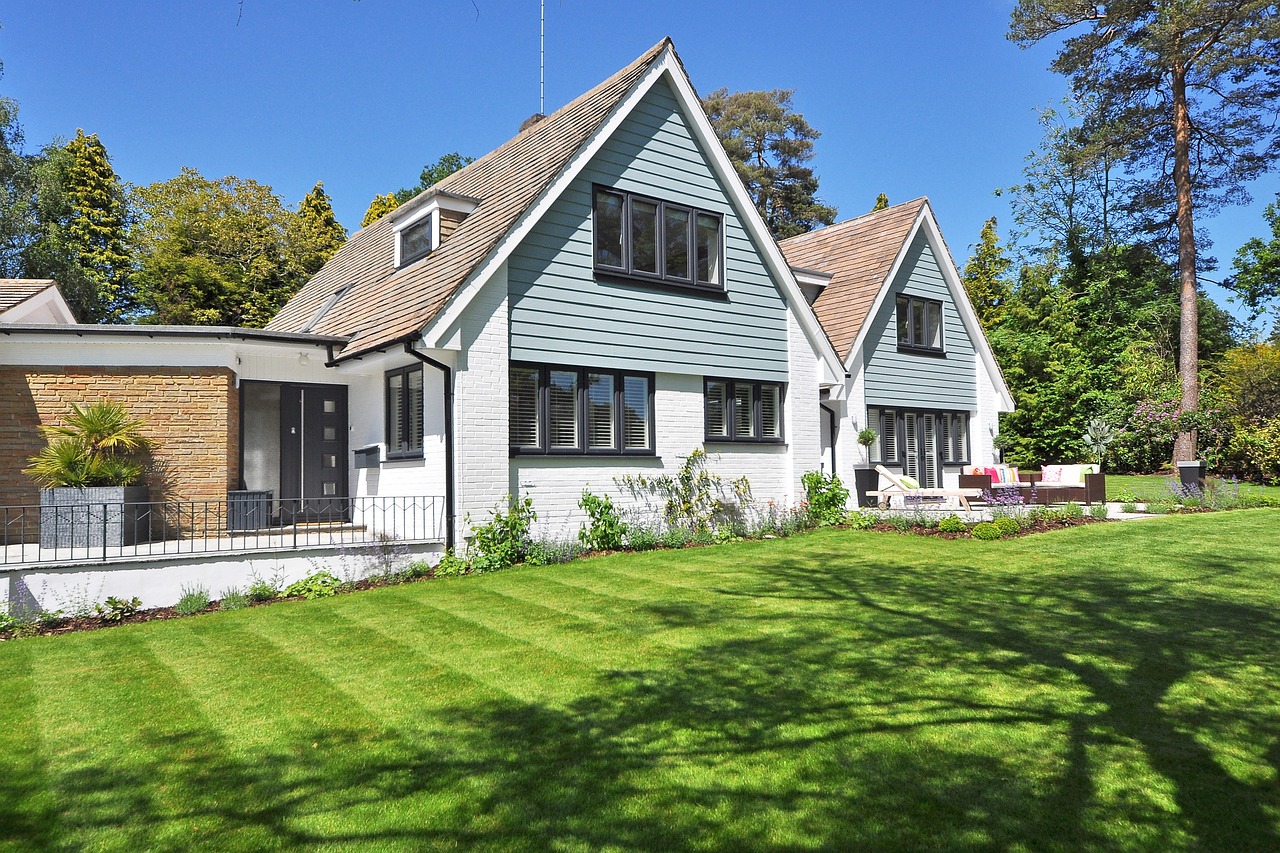Introduction
Landscaping in West Texas presents its unique challenges and opportunities. Unfortunately, misconceptions and myths often cloud the landscape, making it difficult for homeowners to navigate the intricacies of designing and maintaining an outdoor space. In this blog post, we’ll debunk some common myths about landscaping in West Texas, providing clarity for those looking to create beautiful and sustainable landscapes in this arid region.
Myth 1: You Can’t Have a Green Lawn in West Texas
Fact: While West Texas has a semi-arid climate with low rainfall, it’s entirely possible to have a green and healthy lawn. The key lies in selecting the right grass species. Warm-season grasses like Bermuda and buffalo grass are well-suited to the region. With proper irrigation and maintenance, you can enjoy a vibrant green lawn throughout the growing season.
Myth 2: Xeriscaping Means a Boring Landscape
Fact: Xeriscaping, a landscaping approach that prioritizes water conservation, does not mean sacrificing aesthetics. In fact, xeriscapes can be visually stunning and diverse. By selecting drought-tolerant plants, incorporating hardscape features, and designing creatively, you can create an appealing and low-maintenance landscape that thrives in West Texas.
Myth 3: All Native Plants Are Thorny and Unattractive
Fact: While West Texas does have some native plants with thorns and a rugged appearance, there is a wide variety of beautiful and non-thorny native plants available. Red yucca, desert marigold, and Texas sage are just a few examples of native plants that add color and visual interest to your landscape without the hassle of thorns.
Myth 4: Desert Landscaping Means a Barren, Rocky Yard
Fact: Desert landscaping doesn’t mean you have to sacrifice greenery. Incorporating native grasses, shrubs, and succulents can create a lush and inviting desert oasis. Proper soil preparation and mulching can help plants thrive in West Texas soil conditions.
Myth 5: Drip Irrigation Is the Only Option for Watering
Fact: While drip irrigation is an excellent choice for efficient water use, it’s not the only option. You can combine different irrigation methods, such as soaker hoses and sprinklers, to create a customized watering system that suits your landscape’s specific needs. Smart irrigation controllers can also help optimize water use.
Myth 6: Maintenance Is Minimal in West Texas Landscaping
Fact: While drought-tolerant landscapes can reduce maintenance compared to traditional lawns, they still require care. Regular pruning, weeding, and monitoring for pests and diseases are essential to keep your West Texas landscape thriving. Proper irrigation system maintenance is also crucial for water-efficient landscaping.
Myth 7: Hardscaping Is Expensive and Unsuitable for West Texas
Fact: Hardscaping, such as patios, walkways, and retaining walls, can be a practical and attractive addition to your West Texas landscape. It can help control erosion, define spaces, and provide a focal point. Depending on the materials you choose, hardscaping can be budget-friendly and well-suited to the region’s climate.
Conclusion
Landscaping in West Texas is not a barren and challenging endeavor as myths might suggest. By debunking these misconceptions and understanding the region’s unique climate and opportunities, homeowners can design and maintain beautiful and sustainable landscapes that thrive in the arid conditions. With the right knowledge and creativity, your West Texas landscape can be an oasis of beauty and functionality.

Be The First To Comment